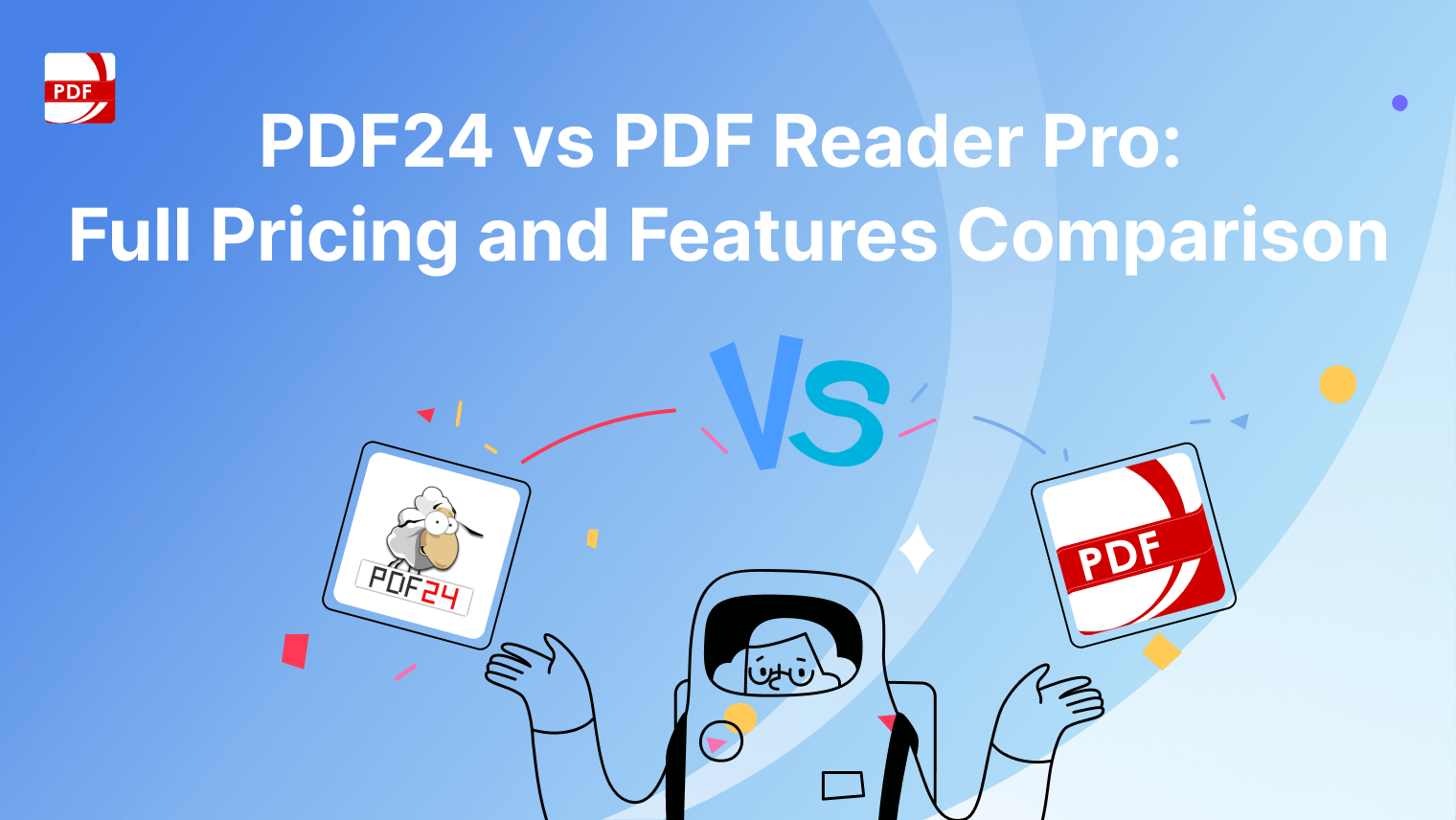A well-crafted Business Improvement Plan (BIP) serves as a roadmap for identifying areas of improvement and implementing strategic initiatives to achieve organizational goals as well as employee goals.
If you're looking to optimize employee performance and operational effectiveness, our Business Improvement Plan example provides a structured framework to help you keep track of employees and drive continuous improvement.
Why Implement a Business Improvement Plan?
Do you need a way to map out achievable goals for your business? A Business Improvement Plan is essential for:
- Identifying Areas for Improvement: Pinpointing specific challenges or inefficiencies within your organization, such as employee productivity, workflow bottlenecks, or communication gaps.
- Setting Clear Objectives: Establishing measurable SMART goals and objectives that align with your business priorities and strategic vision.
- Implementing Strategic Initiatives: Developing actionable strategies based on measurable goals to address identified issues and drive positive change.
- Monitoring Progress: Tracking performance metrics and milestones to evaluate the effectiveness of implemented solutions and make informed adjustments.
Example Business Improvement Plan Overview
You can use this example of a company structure to fill out your own BIP designed to improve your company culture and your employee job satisfaction.
Organization: [Your Company Name]
Plan Title: Employee Performance Enhancement Initiative
Executive Summary
Provide a concise overview of the improvement plan, highlighting its purpose, key objectives, and anticipated outcomes. Emphasize the importance of enhancing employee performance to achieve organizational success.
Current Challenges
There are several factors that can contribute to poor performance within a business. These are some examples that might help form professional development goals.
- Employee Productivity: Identify factors affecting productivity levels, such as outdated processes, inadequate training, or lack of motivation to meet performance goals.
- Communication: Address communication barriers to team goals that hinder collaboration and efficiency across departments.
- Performance Evaluation: Review existing performance evaluation methods and identify areas for improvement to create a performance action plan.
Objectives
In the case of underperforming employees or other challenges, your company can use the BIP as a valuable tool to implement certain objectives.
- Increase Employee Productivity: Implement additional training programs and tools to enhance skills and efficiency.
- Enhance Communication Channels: Establish clear communication protocols and utilize technology for seamless information sharing.
- Revamp Performance Evaluation: Develop a more comprehensive performance evaluation framework that provides actionable feedback and promotes employee growth.
Strategies and Action Steps
There are certain key aspects like communication skills that can be seen lacking across companies and requires constructive feedback.
- Training and Development: Schedule regular training sessions to upskill employees and align training programs with organizational goals.
- Communication Improvement: Introduce team-building activities, regular meetings, and use of collaboration tools to foster better communication.
- Performance Feedback Mechanism: Implement quarterly performance reviews, goal-setting sessions, and mentorship programs to support employee development.
Timeline and Milestones
Outline a timeline for implementing each action step and achieving milestones. Include deadlines, responsible parties, and expected outcomes for each phase of the improvement plan.
Monitoring and Evaluation
In order for the company and employees to meet career goals, there are certain tools available to measure the suggestions made in the BIP.
- Key Performance Indicators (KPIs): Define measurable KPIs to track progress and evaluate the impact of implemented initiatives.
- Regular Reviews: Schedule periodic reviews to assess the effectiveness of strategies, gather feedback from employees, and make necessary adjustments.
Benefits of Using Our BIP Example
Performance improvement plans are often a great way to improve performance with regular check-ins on your employees and the way your business operates as a whole.
- Structured Approach: Our example provides a structured framework to guide you through the process of identifying improvement areas and implementing targeted strategies.
- Customizable Templates: Tailor the example to fit your organization's specific needs, whether you're focusing on employee retention, operational efficiency, or customer satisfaction.
- Enhanced Employee Engagement: Foster a culture of continuous improvement and employee engagement by involving teams in goal-setting and feedback mechanisms.
Documents That Support the BIP
By utilizing these documents alongside your Business Improvement Plan, you can enhance strategic decision-making, improve operational efficiency, and foster a culture of continuous improvement within your organization.
|
Document Type |
Description |
|---|---|
| SWOT Analysis |
A strategic planning tool to identify Strengths, Weaknesses, Opportunities, and Threats affecting the organization. Helps in setting strategic company goals. |
| Performance Metrics Dashboard |
A visual representation of key performance indicators (KPIs) and metrics tracked over time to monitor progress towards business goals. |
| Training Needs Assessment |
Evaluates the skill gaps and knowledge among employees. Guides the development of training programs aligned with organizational needs. |
| Employee Satisfaction Survey |
Collects feedback from employees to gauge satisfaction levels, identify concerns, and prioritize improvement initiatives. |
| Project Charter |
Defines the scope, objectives, stakeholders, and timelines of a specific improvement project within the BIP. |
| Communication Plan |
Outlines plan of action and channels for effective communication within the organization, ensuring clarity and alignment on objectives. |
| Change Management Plan |
Guides the process of preparing, managing, and supporting employees through organizational change initiatives outlined in the BIP. |
| Risk Management Plan |
Identifies potential risks that could impact the BIP's success for the entire team and outlines strategies to mitigate these risks proactively. |
| Budget and Resource Allocation |
Details financial resources, individual employees, and materials allocated to support implementation of BIP initiatives. |
| Quarterly Progress Reports |
Summarizes achievements, challenges, and adjustments made during each quarter to stay on track with BIP goals for continuous learning. |
| Post-Implementation Review |
Evaluates the outcomes of implemented BIP initiatives, gathers lessons learned, and identifies areas for further improvement. |
These documents help with the following aspects of your aim to improve the inner-workings of your business:
- Integration: Each document aligns with different stages of the BIP, from initial analysis (SWOT, Training Needs Assessment) to execution (Project Charter, Communication Plan).
- Visibility: Provides clarity and transparency regarding goals, progress, and outcomes, enhancing organizational alignment and accountability.
- Continuous Improvement: Facilitates ongoing evaluation and adjustment of strategies to ensure the BIP remains effective and responsive to organizational needs.
Download PDF Reader Pro
Download our comprehensive Business Improvement Plan Example above to enhance employee performance and achieve organizational excellence.
You can download the latest version of PDF Reader Pro for Mac or windows by clicking the appropriate button below:
By utilizing our example, you can create a roadmap that keeps your business on track, fosters employee development, and drives positive change.
Start transforming your organization today with our Business Improvement Plan example and pave the way for sustainable success.










 Free Download
Free Download  Free Download
Free Download 





 Support Chat
Support Chat